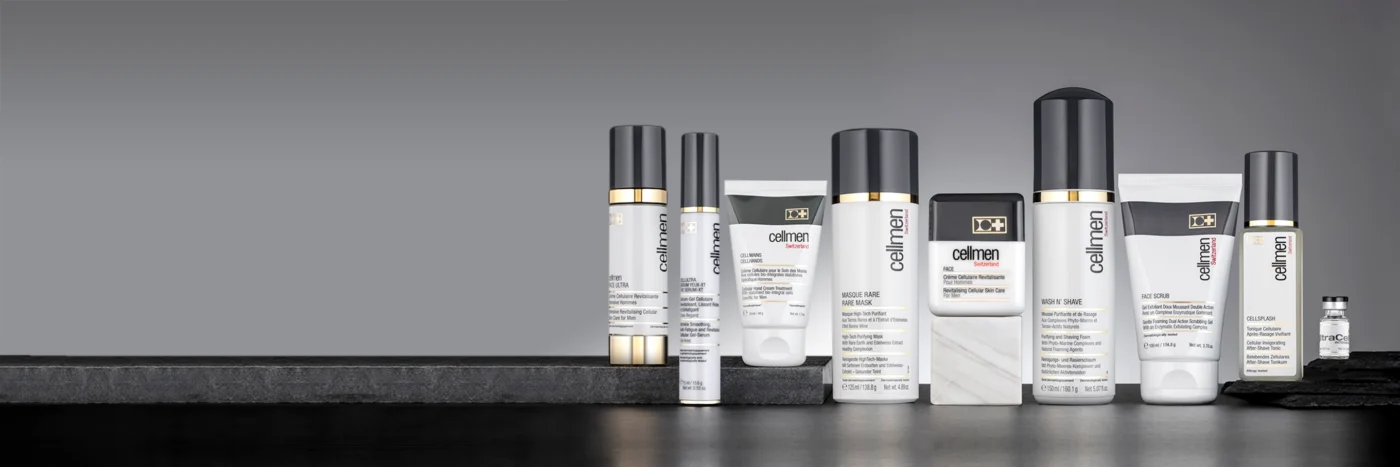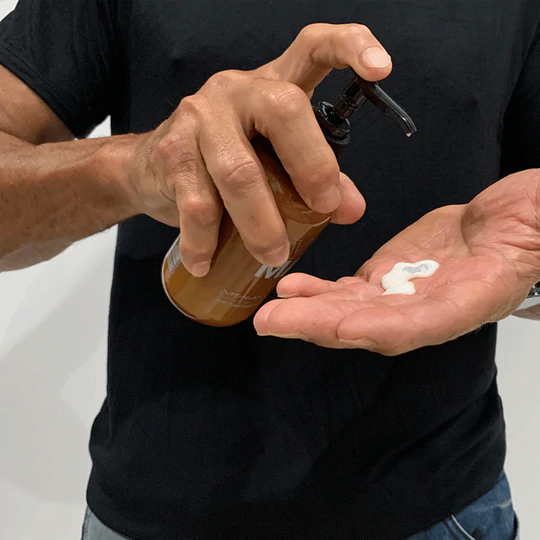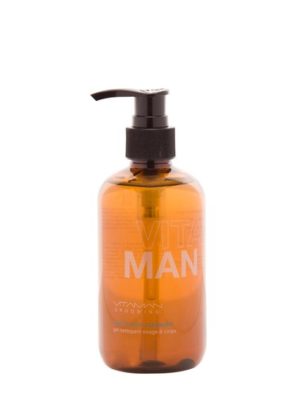EYES
LIPS
ACCESORIES

HAIR CARE
HAIR CONDITIONS

The ways a person can get acne are not the same, and the same goes for the acne treatments. Although the root of acne starts with the same process — fluctuating hormones that causes the production of oil — the severity of acne is not equal and not all cases of acne will respond to the same types of treatments.
Usually, acne fits within one of three main categories, says Macrene Alexiades-Armenakas, MD, PhD, an assistant clinical professor of dermatology at Yale School of Medicine and a laser therapy specialist for acne treatments, who has a practice in New York City:
Comedonal acne. This kind of acne is a mild acne that creates blackheads and whiteheads. It forms because a skin component called oil sebum, together with old skin cells, blocks the skin pores. Comedonal acne appears mostly on the chin, forehead, and nose.
Inflammatory acne. This acne form occurs when the area just under the “plug” (the blackhead or whitehead) becomes inflamed and redded.
Cystic acne. Acne’s most severe form, cystic acne is the reaction of an infection that develops in the area of the outbreak. Cystic acne often runs in families. It’s usually very painful and can result in permanent scarring and disfigurement.
The treatment type that works best for you will depend on both the kind of acne you have, and the additional factors that seem to trigger acne outbreaks.
Most cases of mild comedonal acne develop in young adults and teenagers, these can usually be treated with the usual luxurious gels and creams. The most used of these cures are retinoids, like Retin-A, Differin, Renova, and Tazorac. They way the work is by unclogging blocked skin pores.
 Dermatologists will often combine a topical retinoid with an oral antibiotic, such as doxycycline, tetracycline, minocycline or erythromycin, that kill the bacteria that develop the inflammation around the blocked skin pores.
Dermatologists will often combine a topical retinoid with an oral antibiotic, such as doxycycline, tetracycline, minocycline or erythromycin, that kill the bacteria that develop the inflammation around the blocked skin pores.
“This form of remedy is mostly focused on teenagers, who usually have a period from one to four years when they’re experiencing an acne outbreak due to changing hormone levels and increased oil production, and in some cases, it runs in the family,” says Amy Taub, MD, founder and medical director of Advanced Dermatology in Lincolnshire, Ill. Taub is also an assistant clinical professor of dermatology at Northwestern University’s Feinberg School of Medicine.
Each of the cures has its own set of side effects — doxycycline causes one to be sensitive to the sun, for example, and tetracycline can cause your childrens teeth to turn yellow — so dermatologists will work with these patients to help choose an antibiotic that is best suited for the patient.
“Mild to moderate comedonal acne can often be provoked by external triggers”, says Macrene Alexiades-Armenakas.
Anti acne products